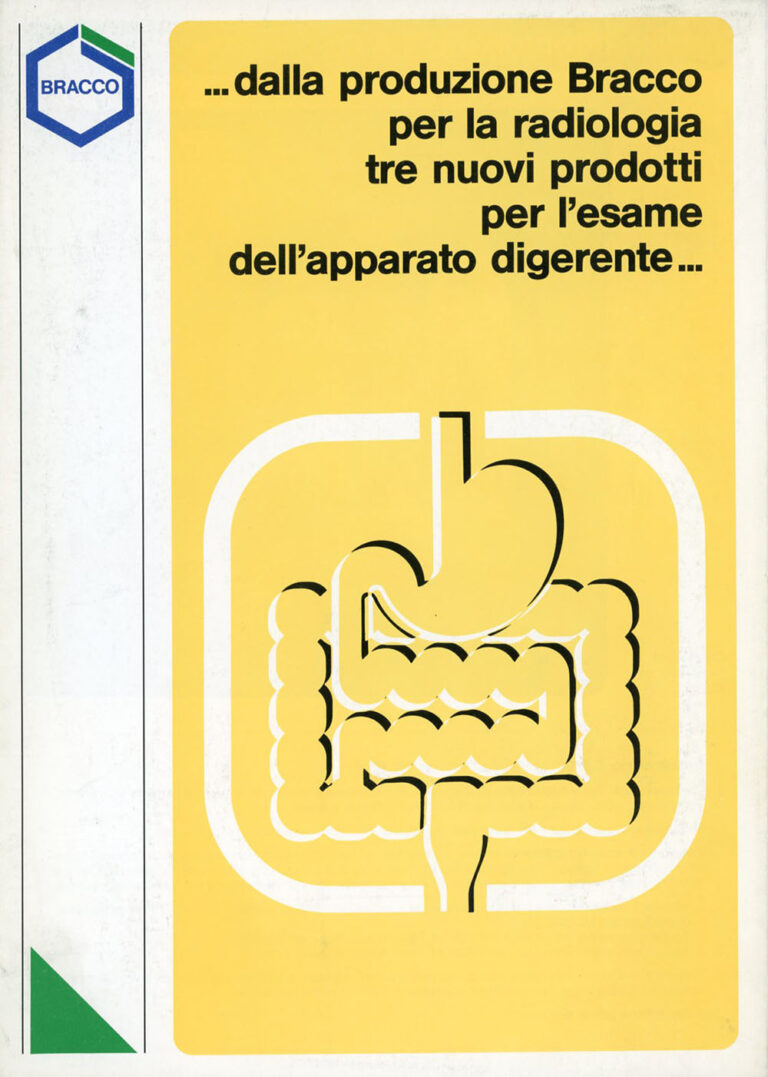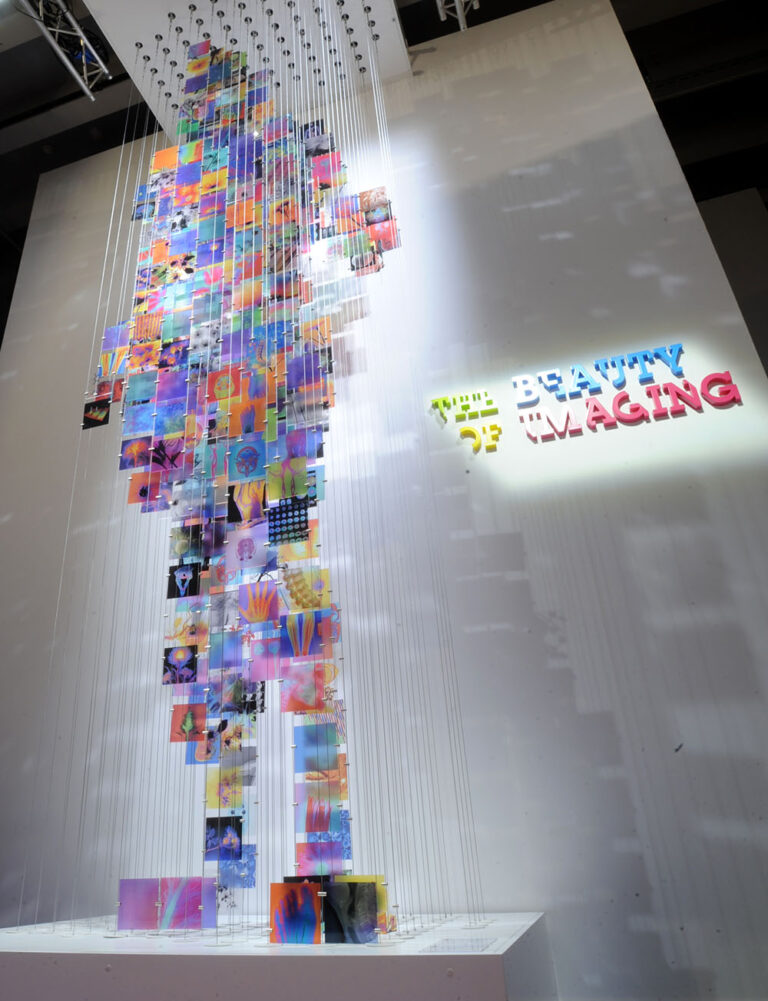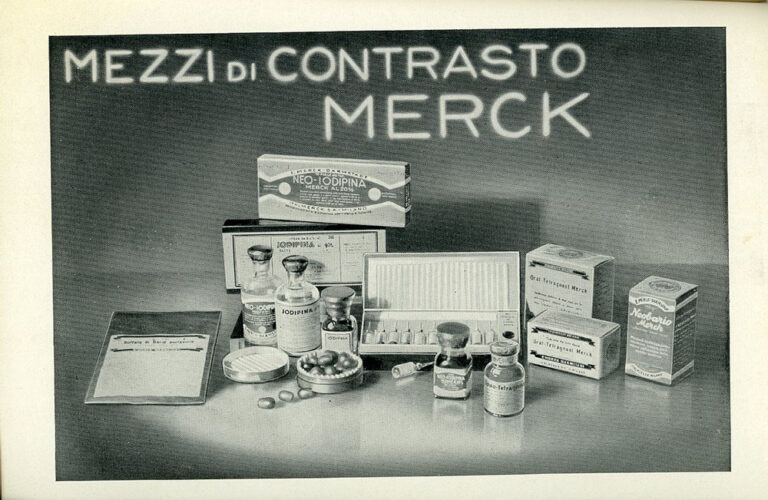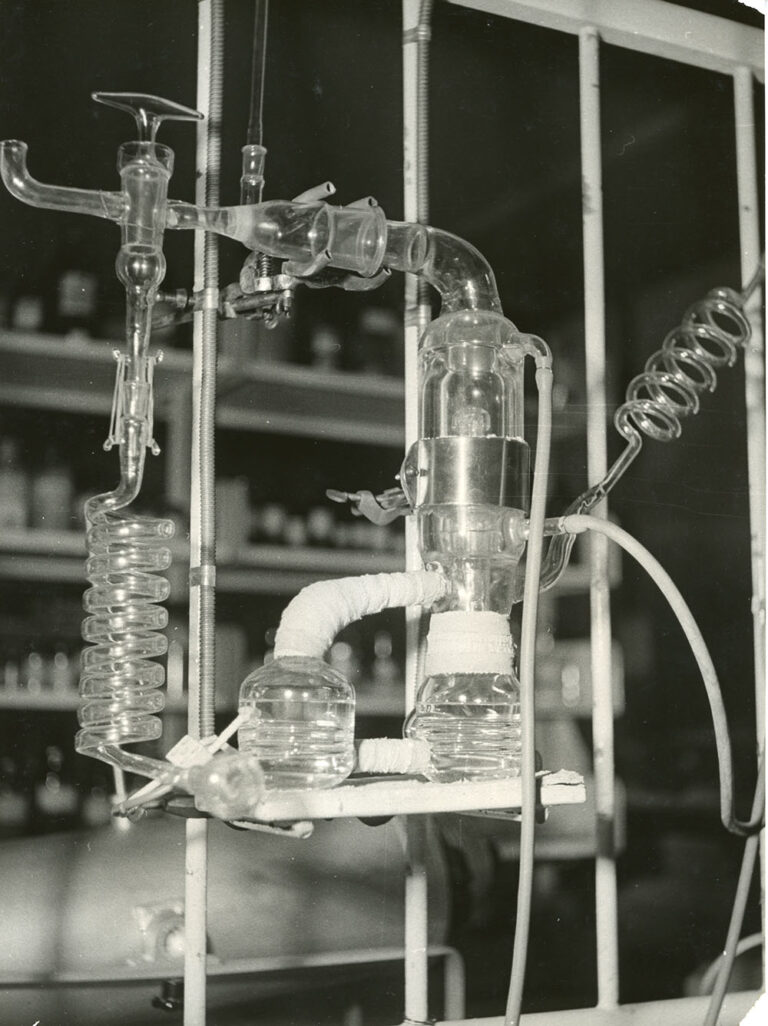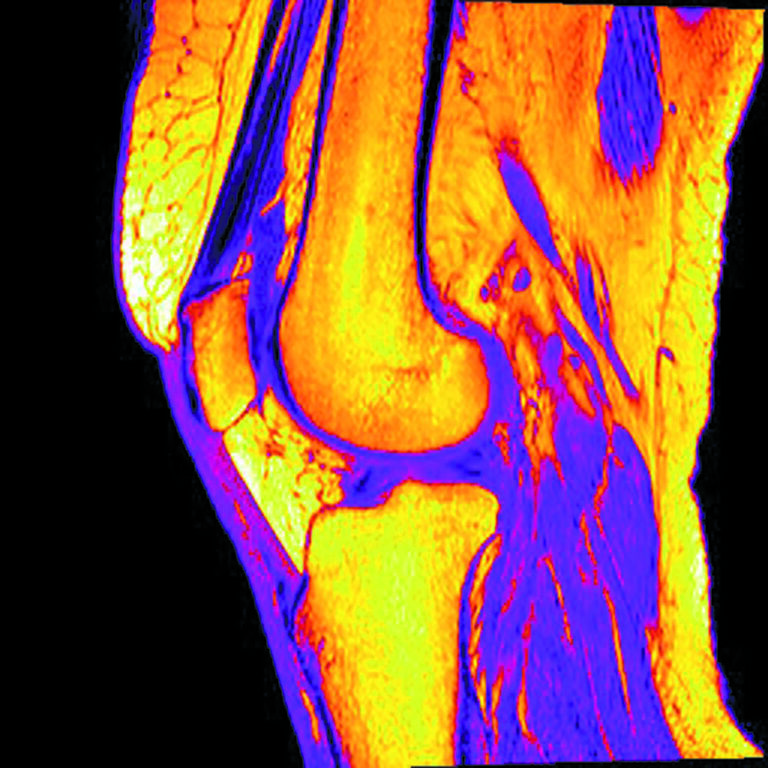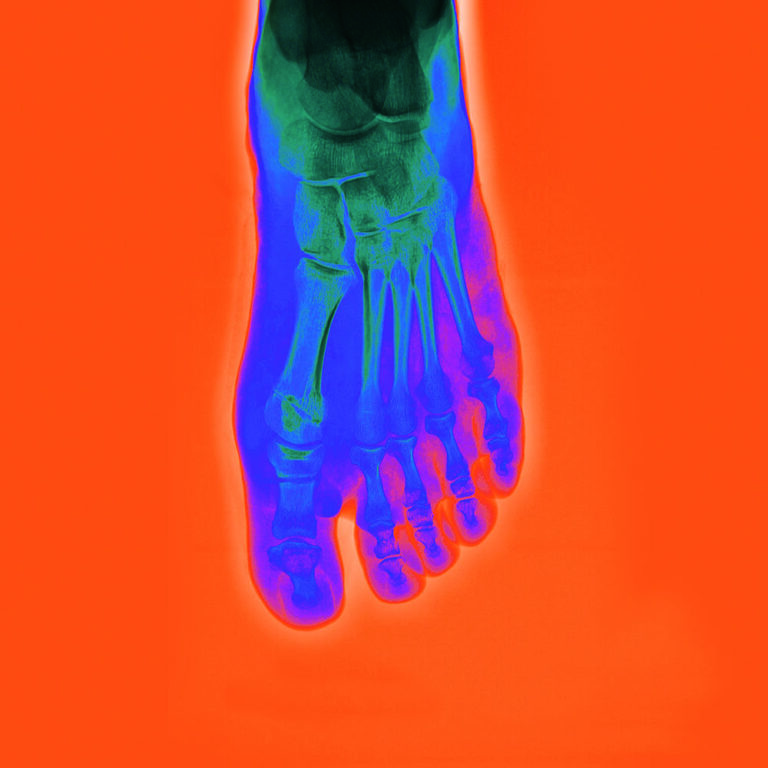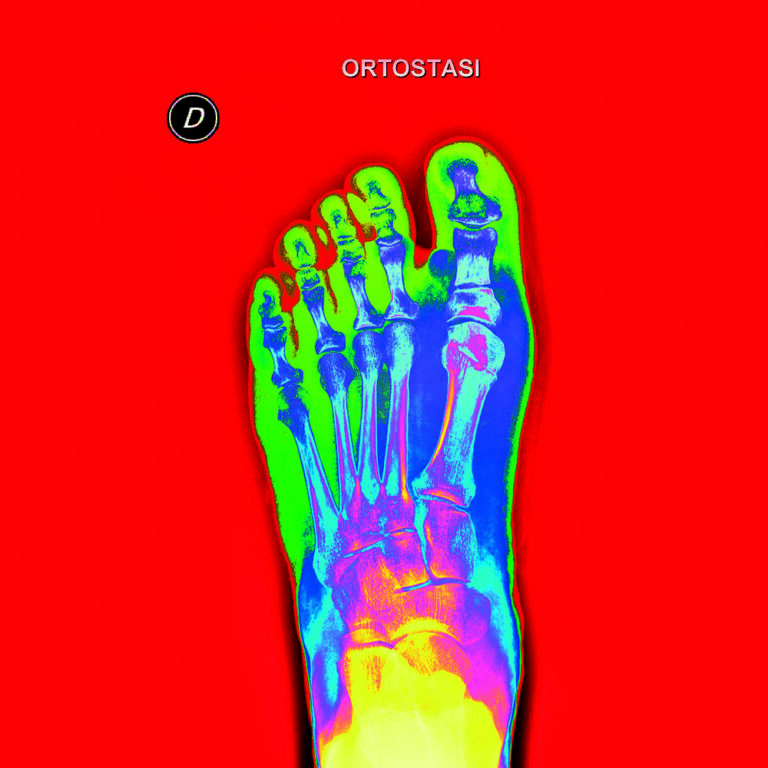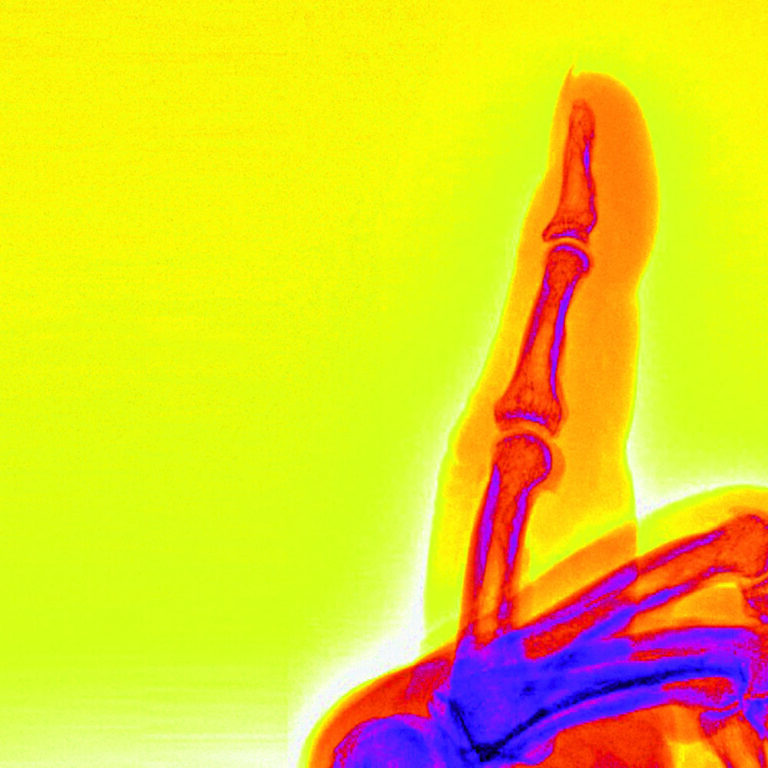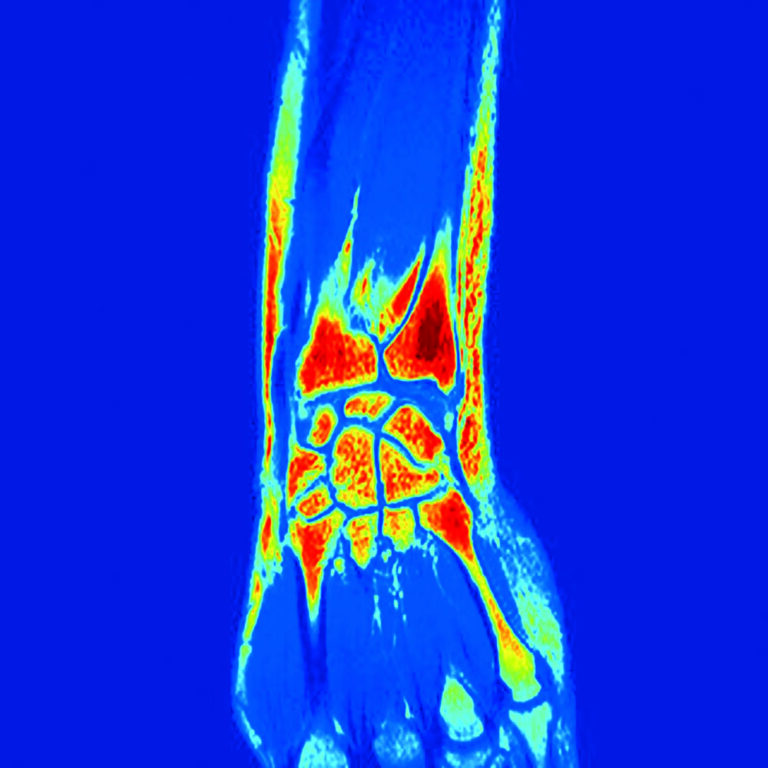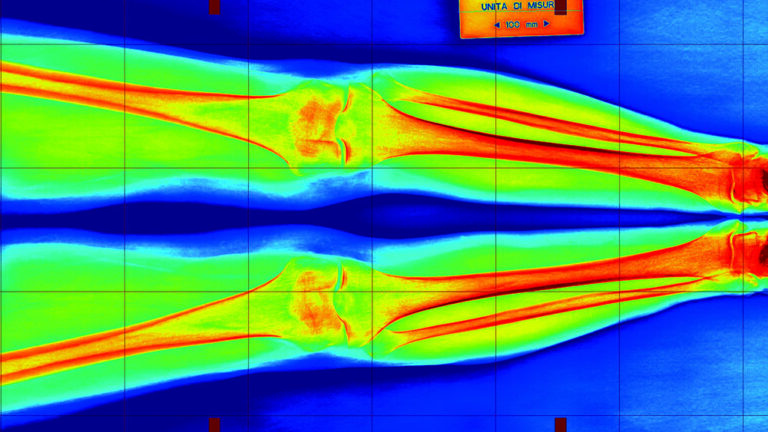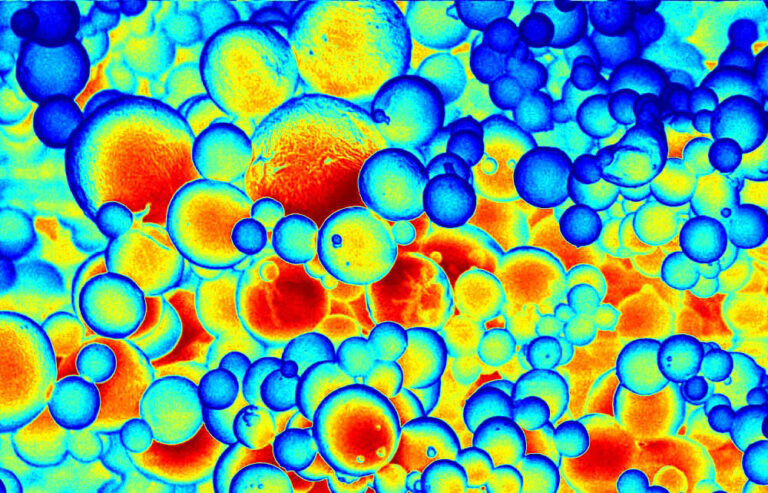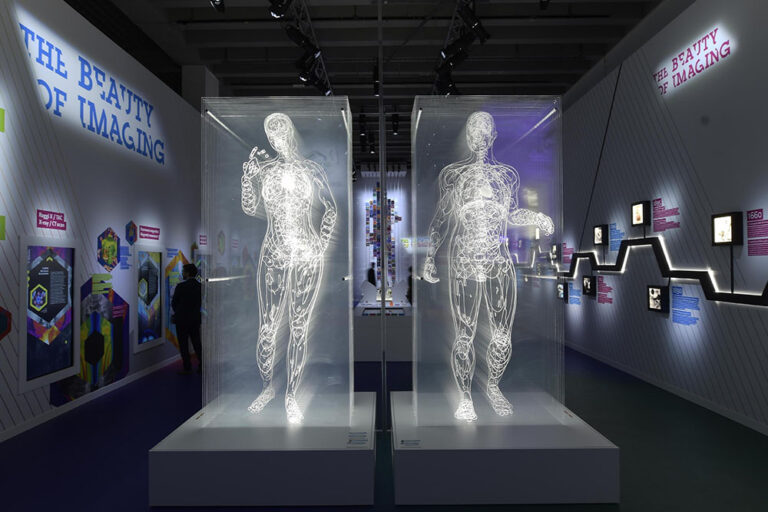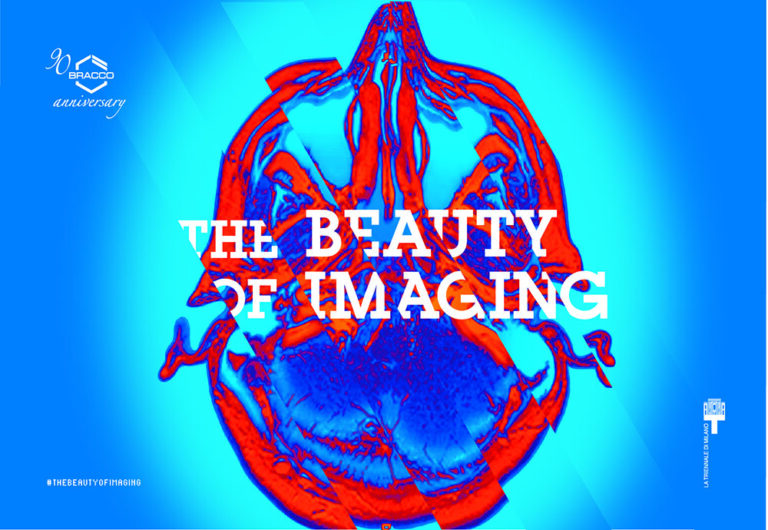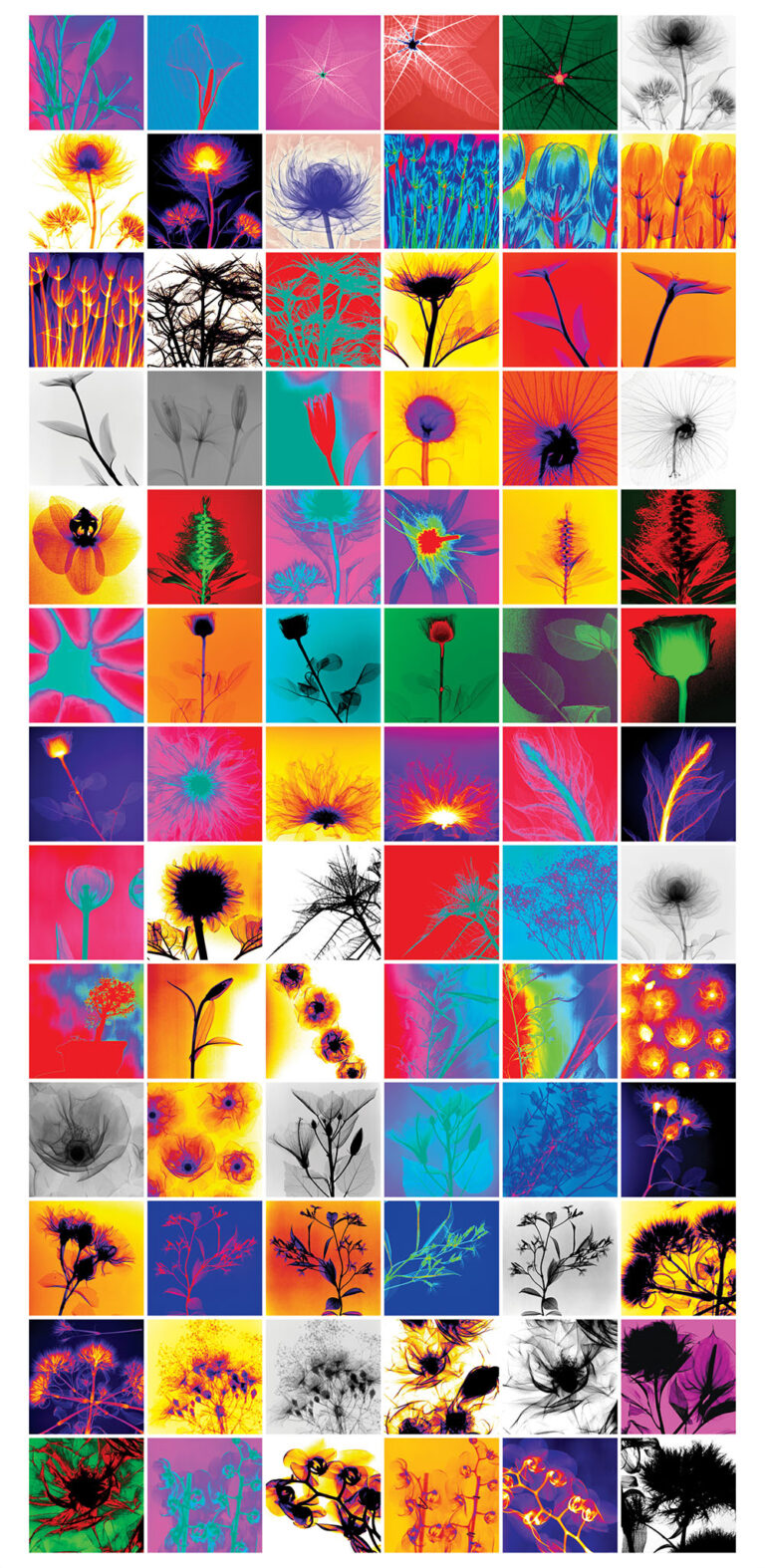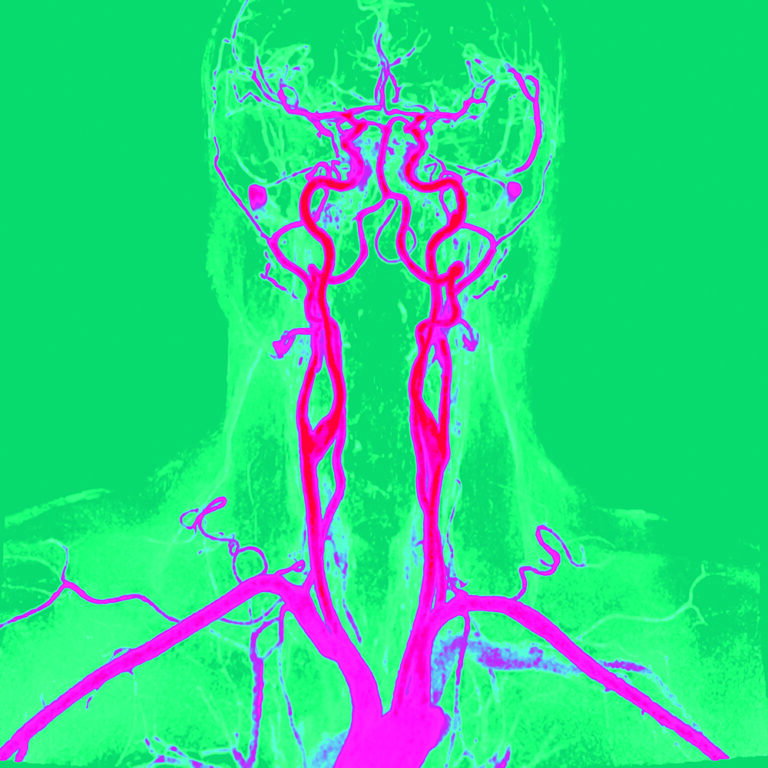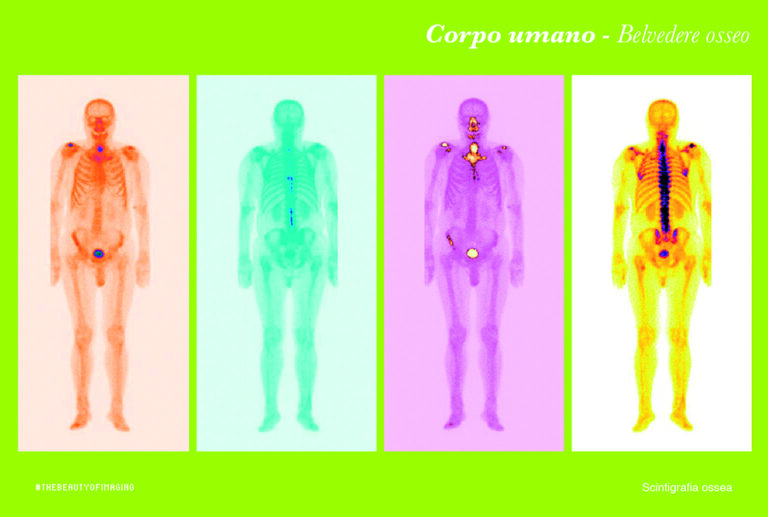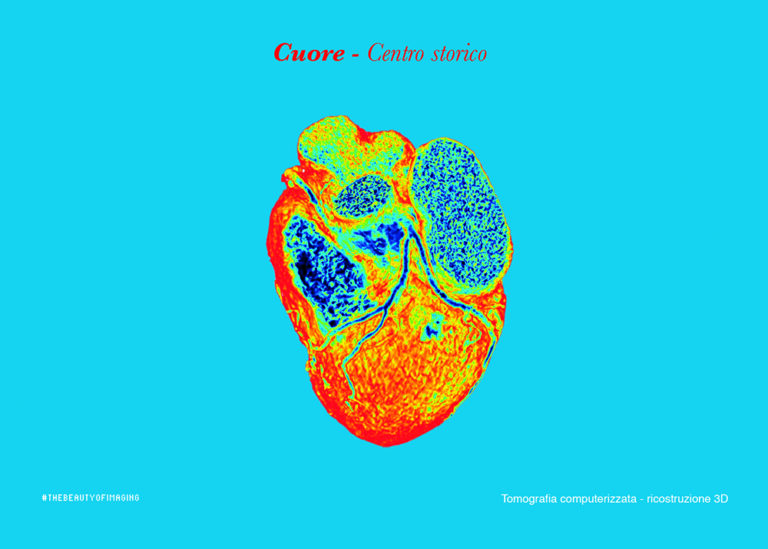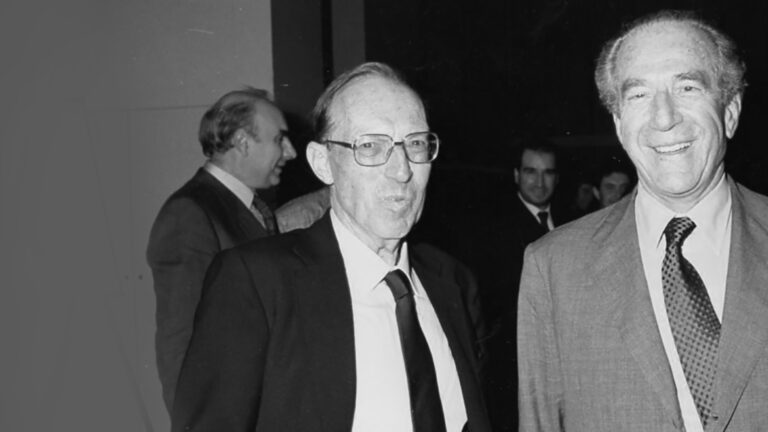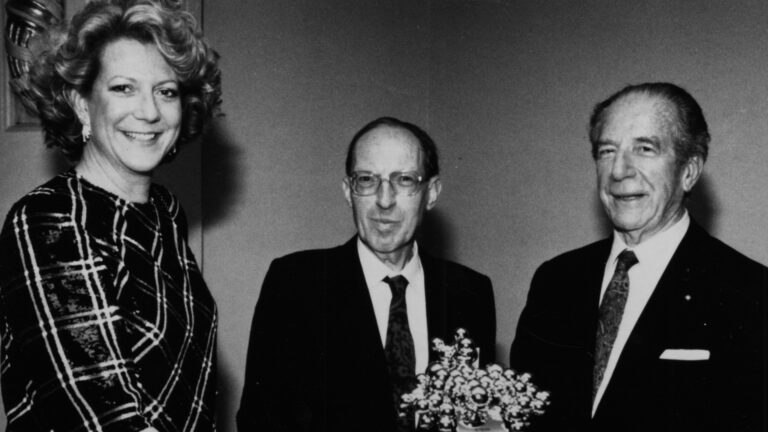
It was November 8th, 1895 when in the small Bavarian town of Würzburg, the physicist Wilhelm Conrad Röntgen discovered electromagnetic radiation in a frequency range known to the world as “X-rays”. It was his wife, Anna, who agreed to place her hand in the rays for 15 minutes (indeed, in the first historic radiograph, a wedding ring can be seen on her ring finger), and later, frightened by the image of her bones while she was still alive, decided to not set foot in the laboratory again. Just four weeks after the publication of his research, the name Röntgen was in almost every European scientific journal, reaching a level of international renown not seen before.
Before long, X-rays became an important tool for diagnosis, allowing doctors for the first time to look inside the human body without needing to resort to surgery, by photographing the invisible! Often, however, the “natural” contrast of the human body’s organs and potential lesions proved insufficient to properly highlight. To address this, a series of artificial contrast media were developed – substances which were relatively opaque to X-rays and suitably injected into the body’s organs to enhance their natural radiological visibility. In the decades that followed, other technologies came into clinical use, such as ultrasound and magnetic resonance; so much so that people began to speak about diagnostic imaging in a more general way, to refer to a process that made it possible to observe an area of an organism not visible from the outside. At present, X-rays are still the foundation of diagnostics, but research is continually moving towards integrated systems of personalized and predictive care.
Diagnostic imaging may be considered one of the ten most significant discoveries in the history of medicine. A discovery that meant a real scientific revolution which has helped save millions of lives over the years.
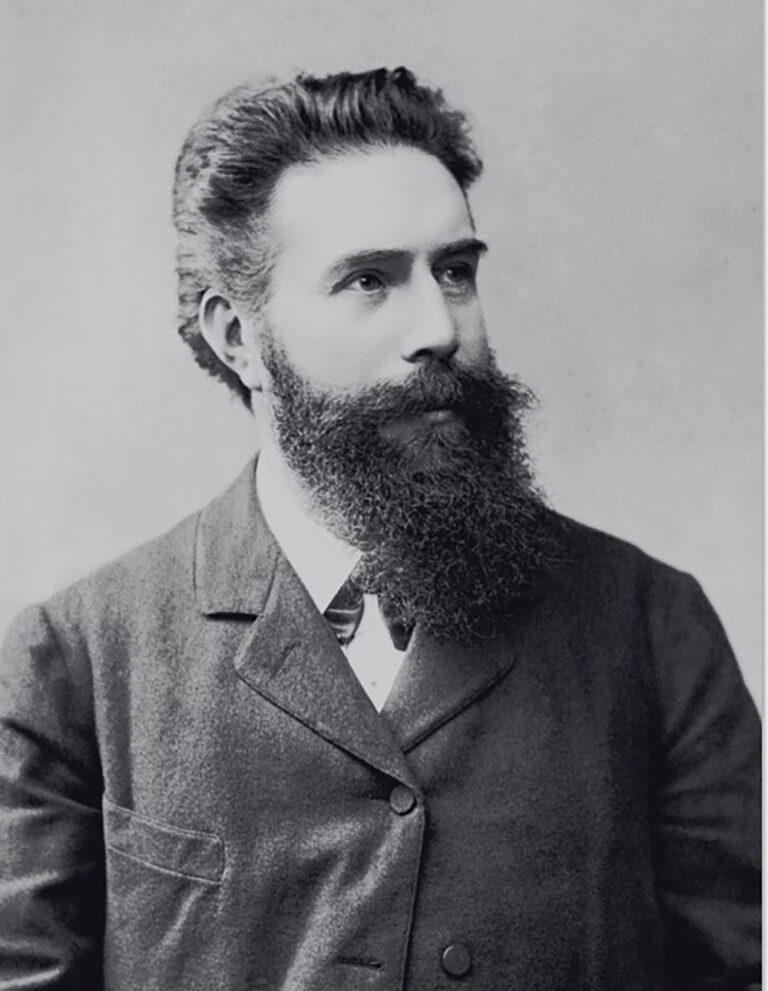
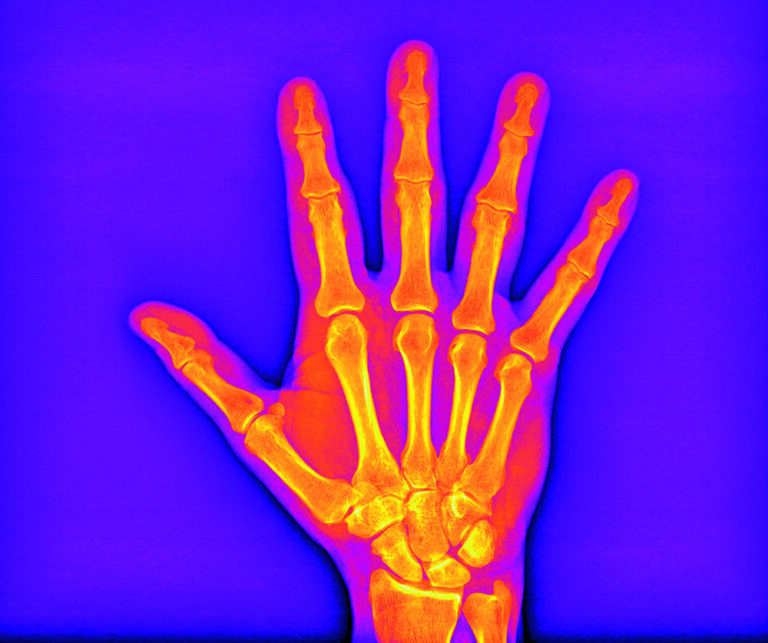
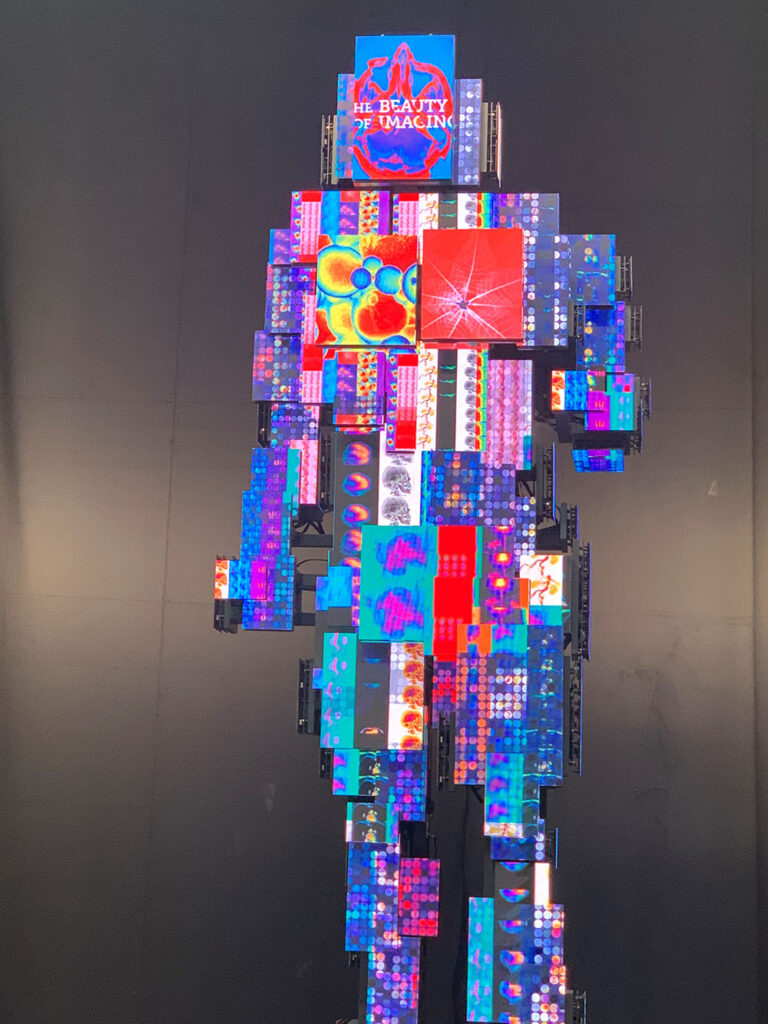
Bracco, a global leader, wanted to describe this discipline through a spectacular creative project: The Beauty of Imaging – an innovative show created by Marco Balich, Studio Giò Forma and Mauro Belloni, which used the language of pop art to convey the mechanisms and the importance of diagnostics, in a way that especially appealed to the youth.
Conceived as part of the Group’s 90th anniversary celebrations, The Beauty of imaging was exhibited in 2017 at the Triennale Museum in Milan, then traveled to the Città della Scienza in Naples, in a perfect pairing of North and South in the name of scientific culture, and then finally, in a new technological format, to the European Congress of Radiology in Vienna and the Italy Pavilion at Expo Dubai 2020.
